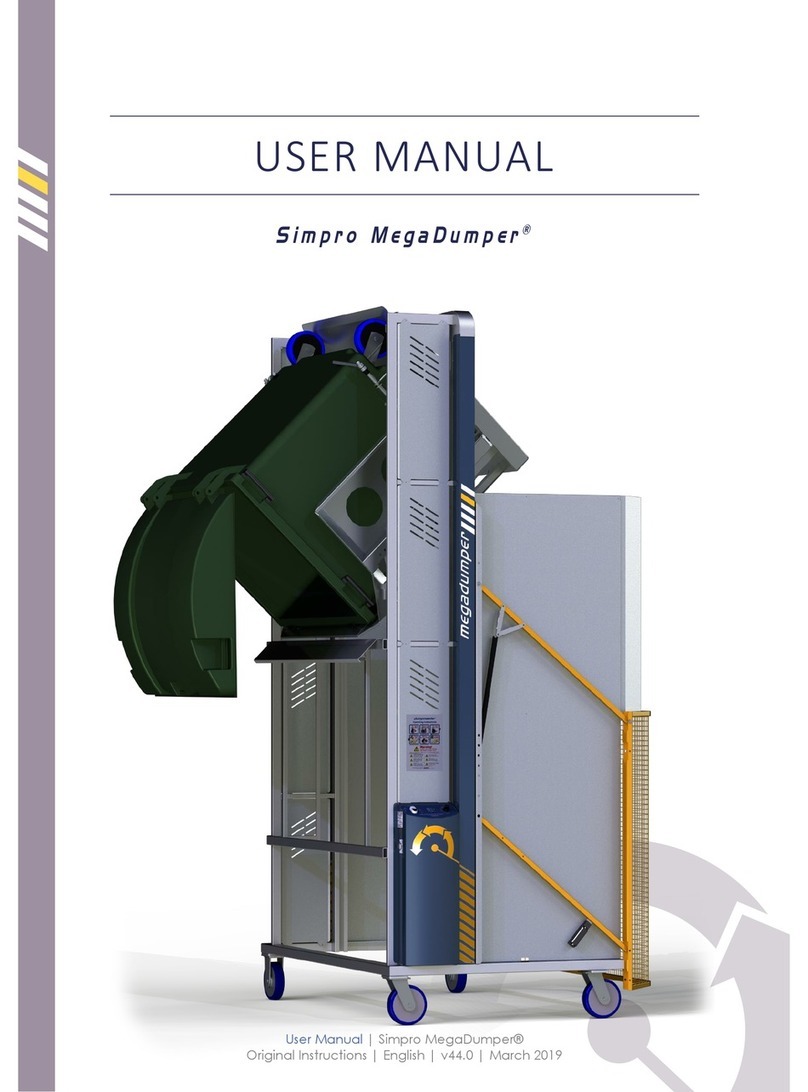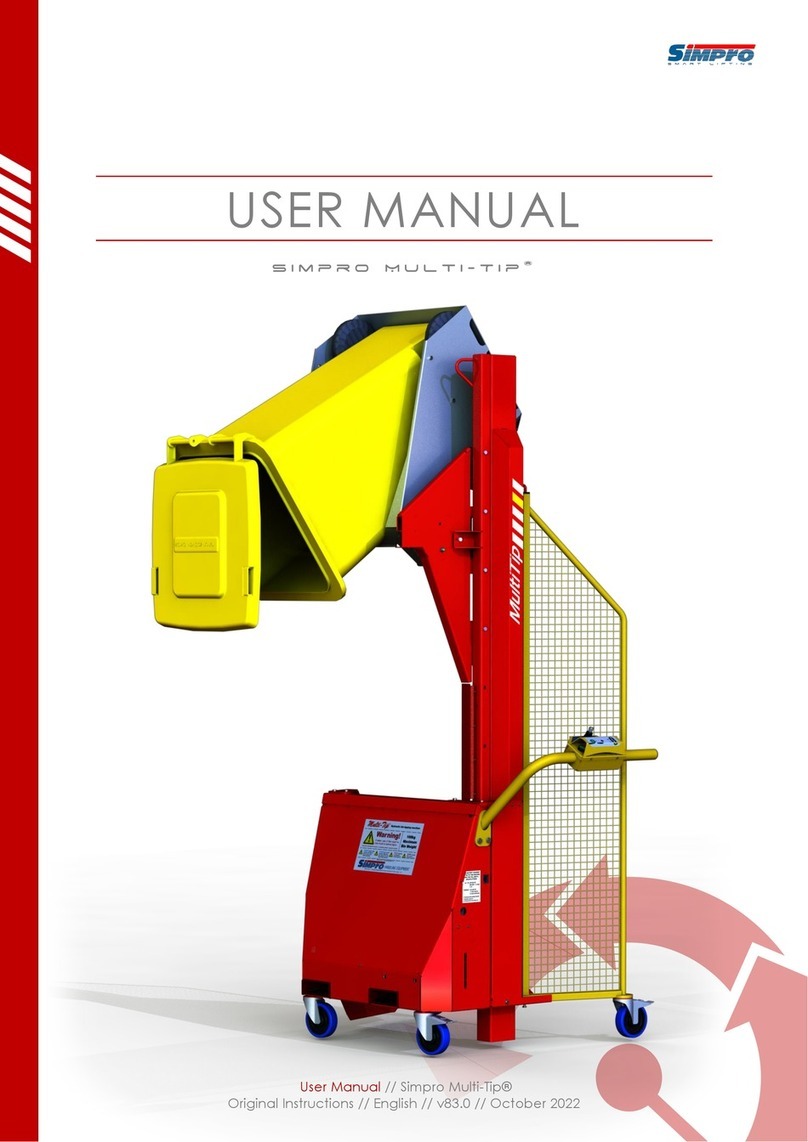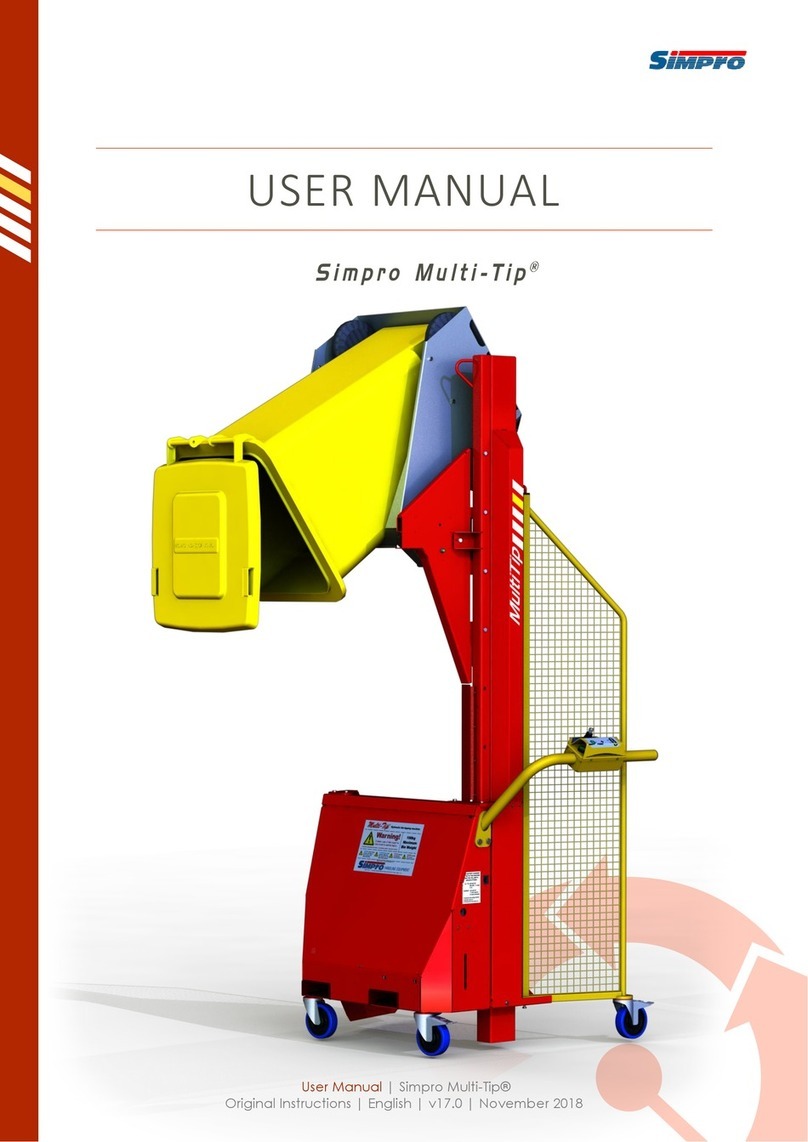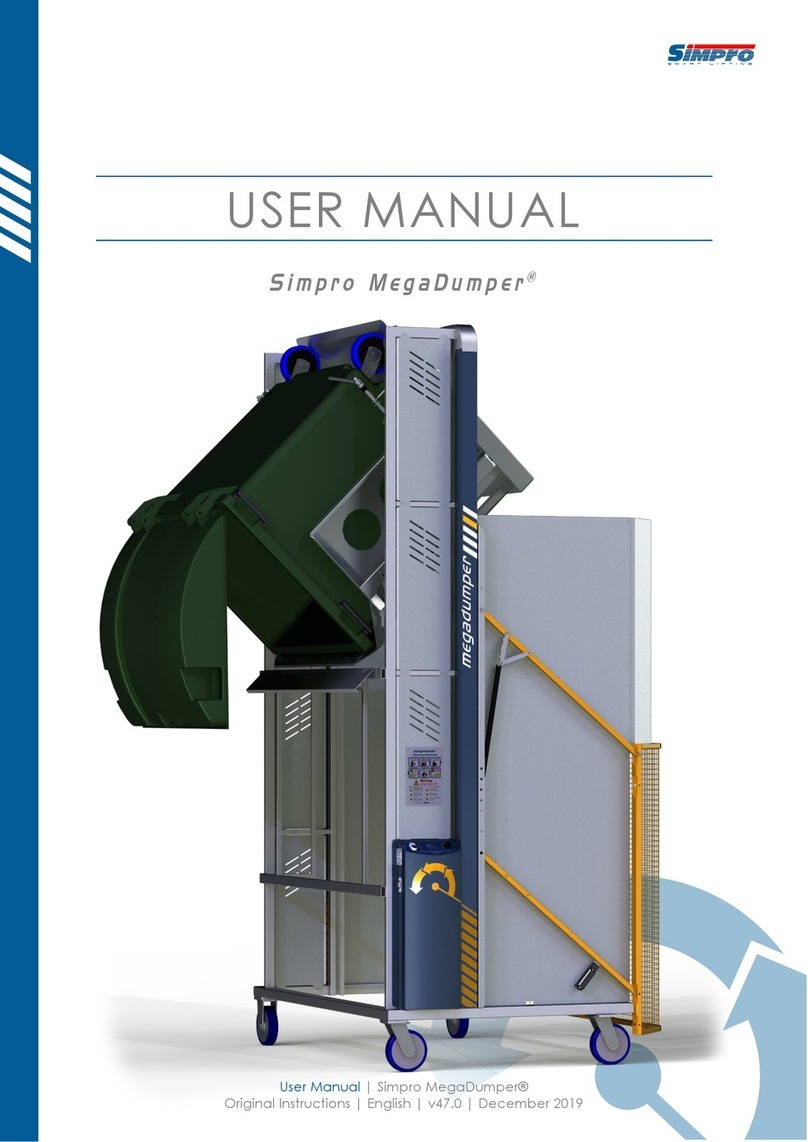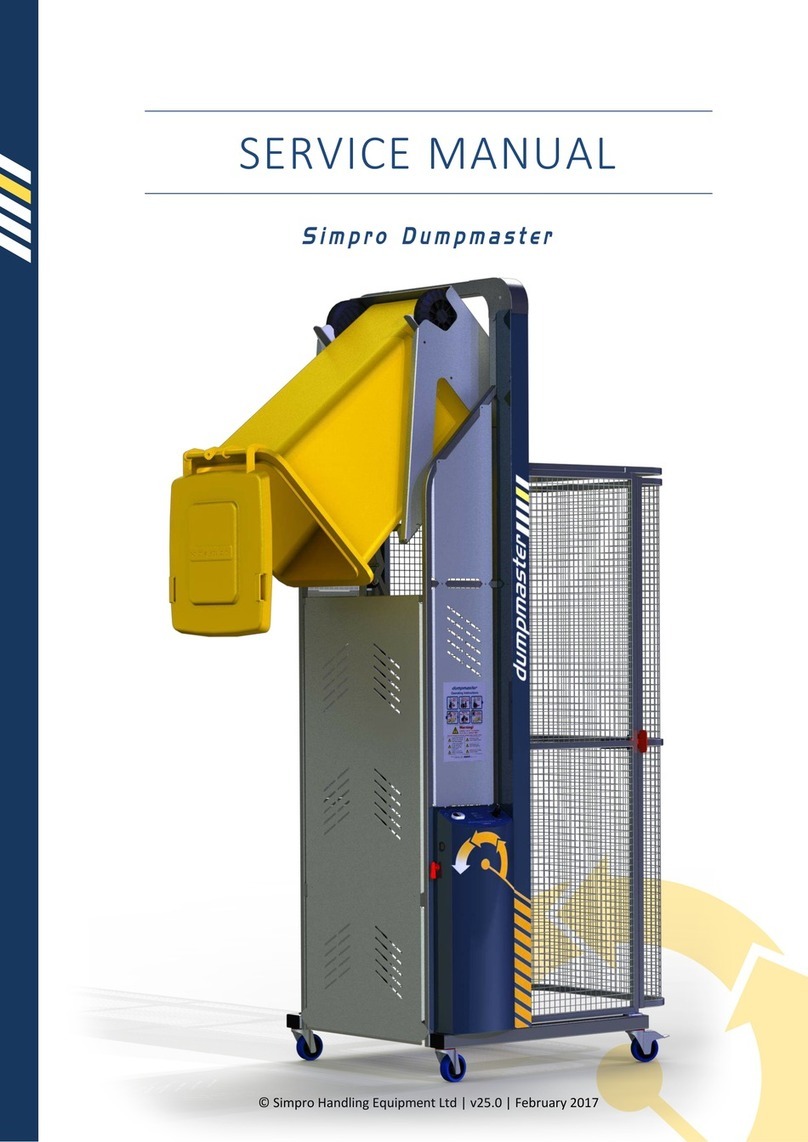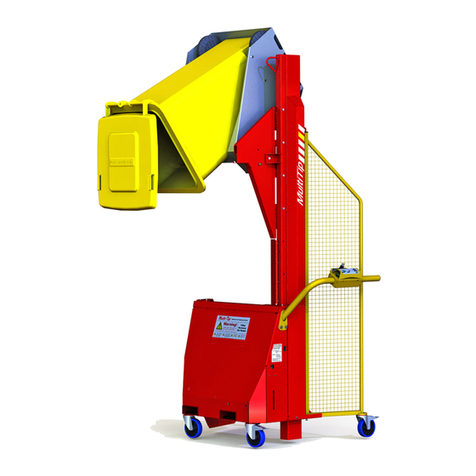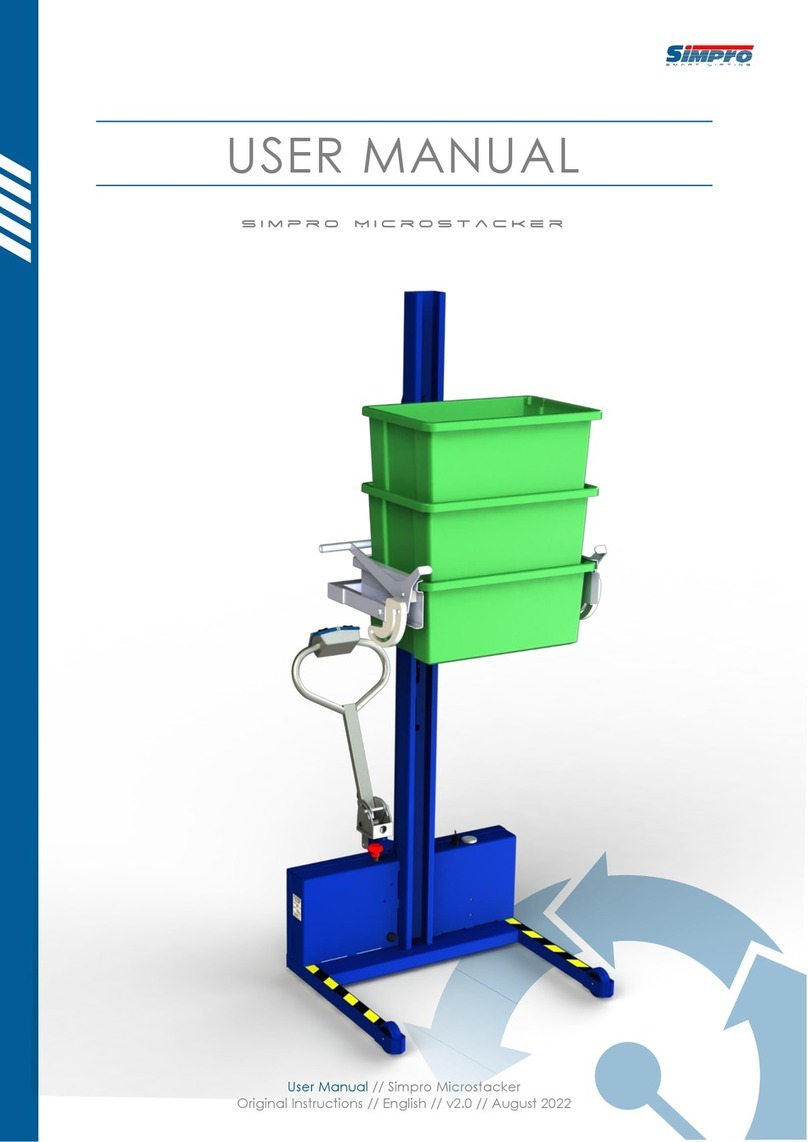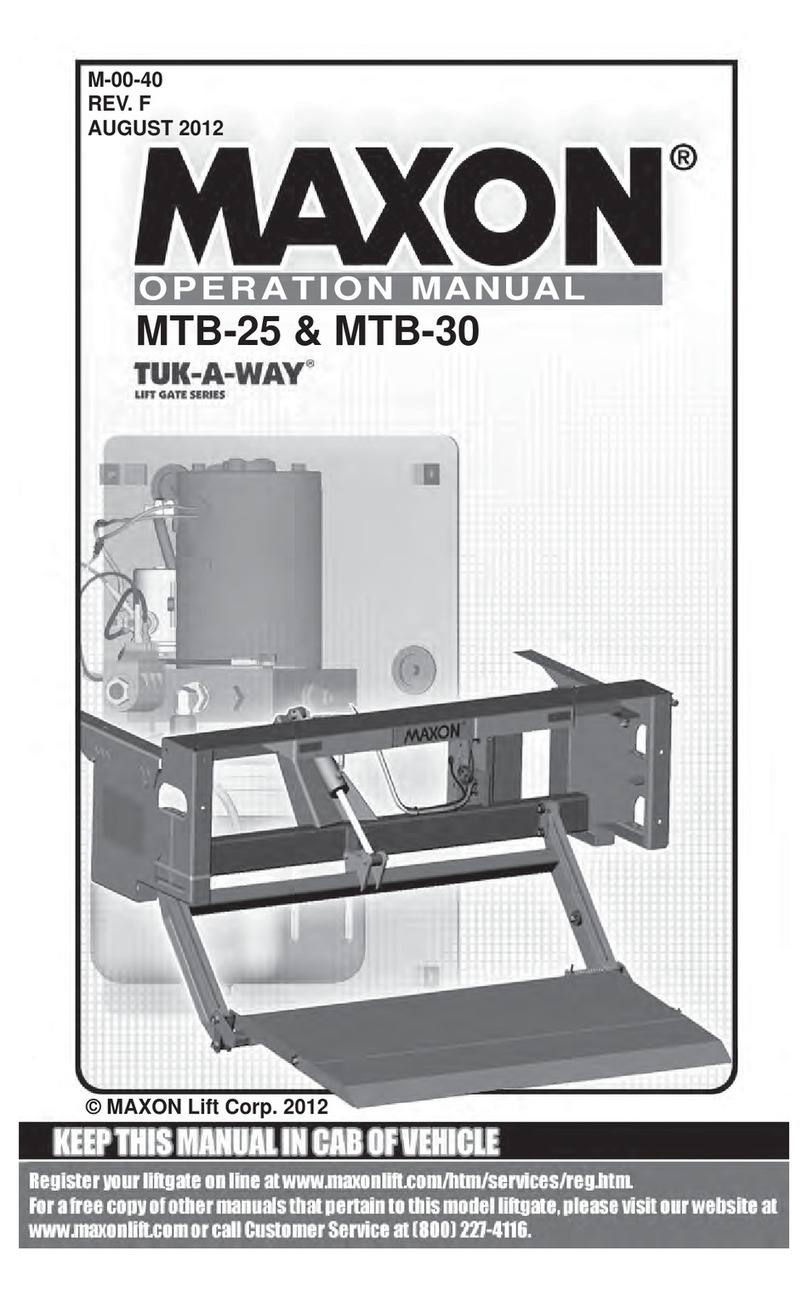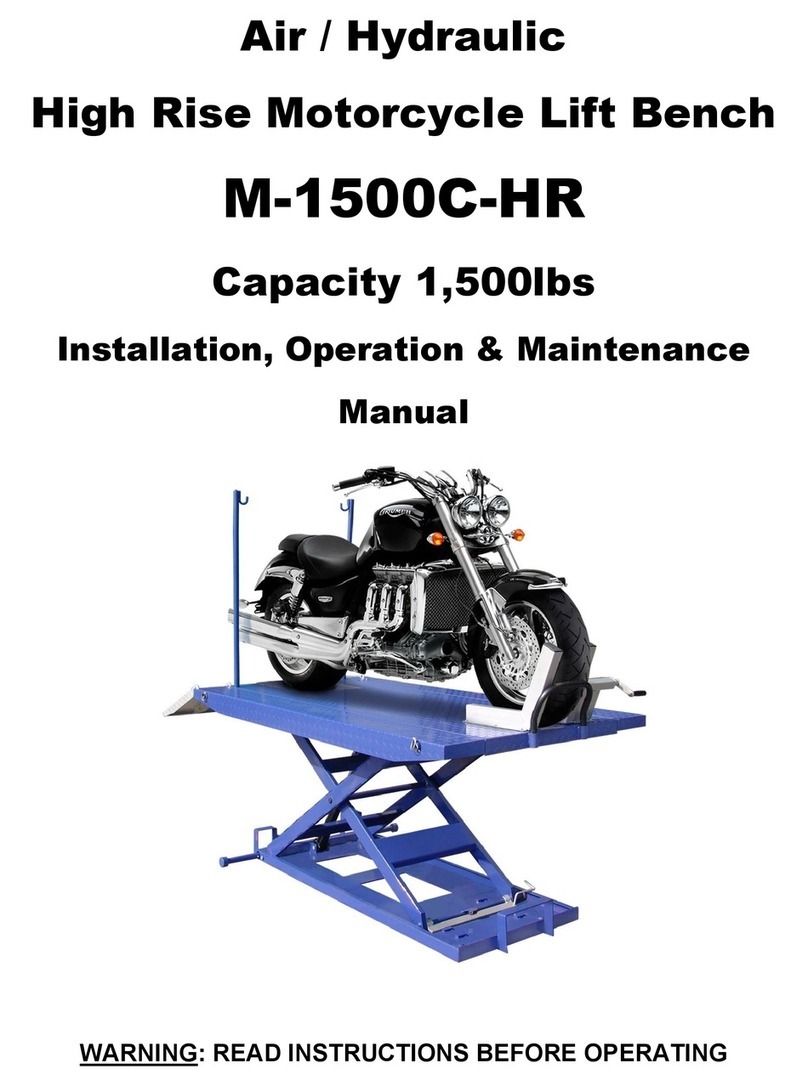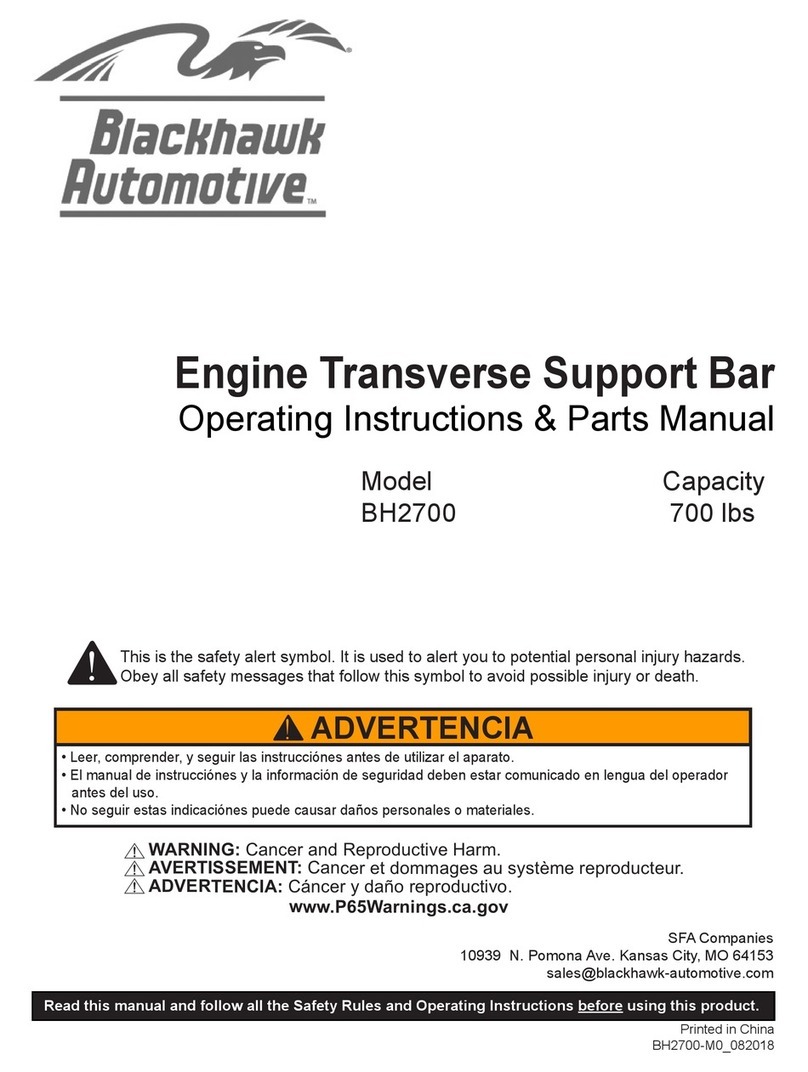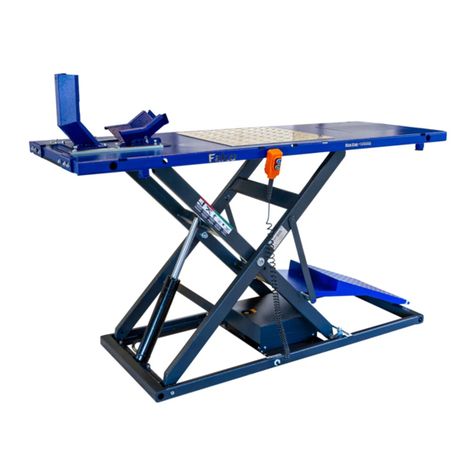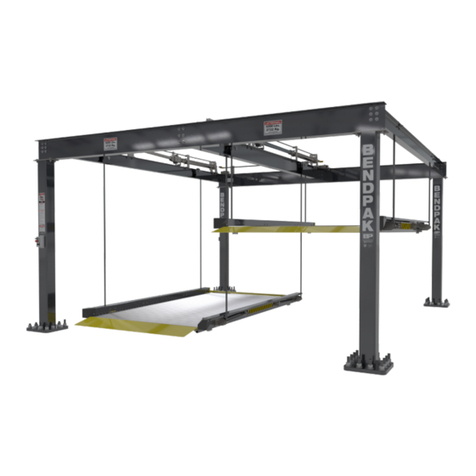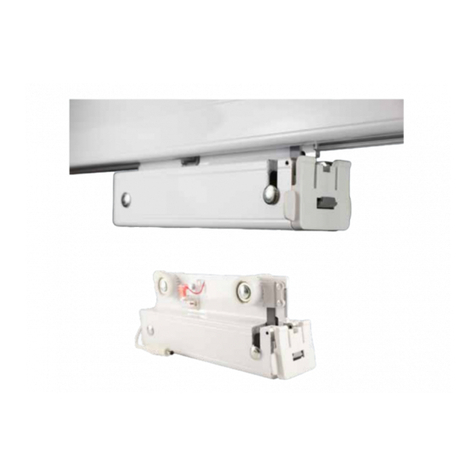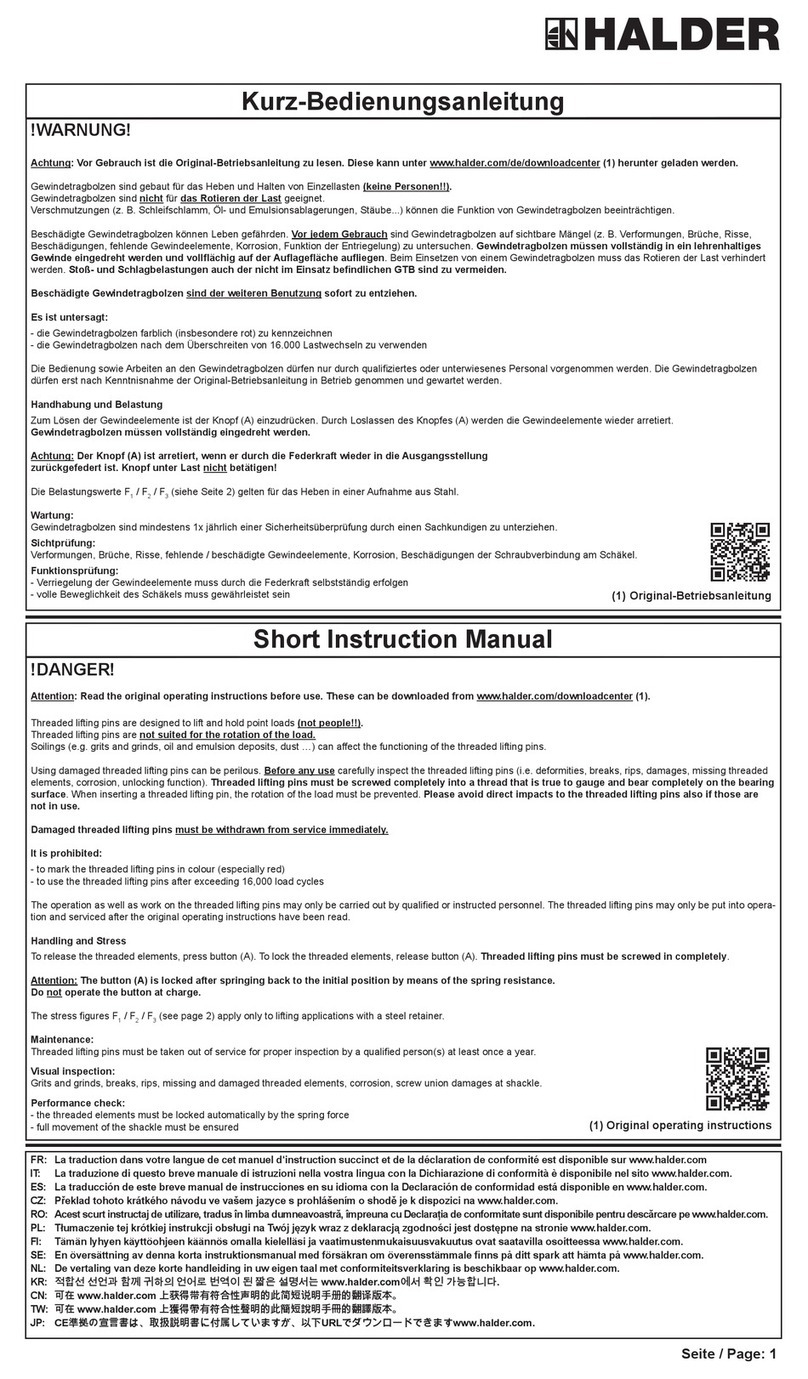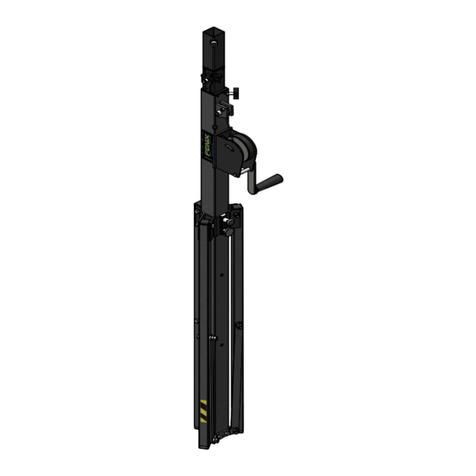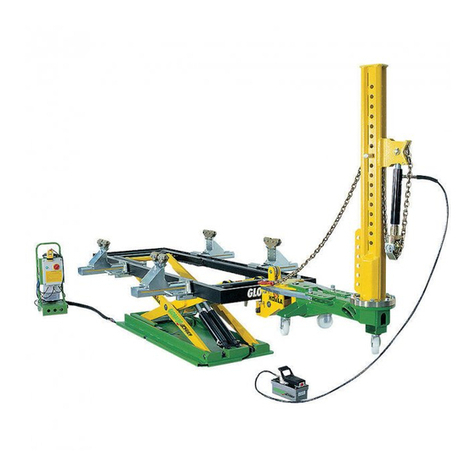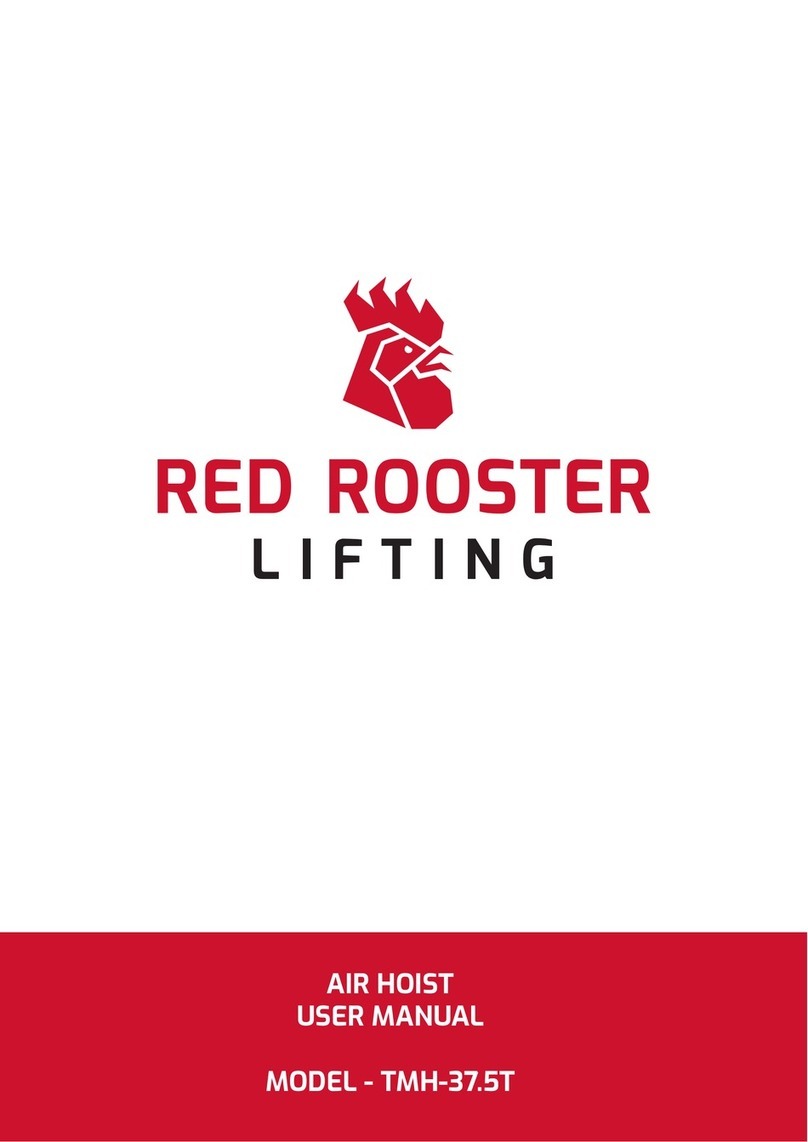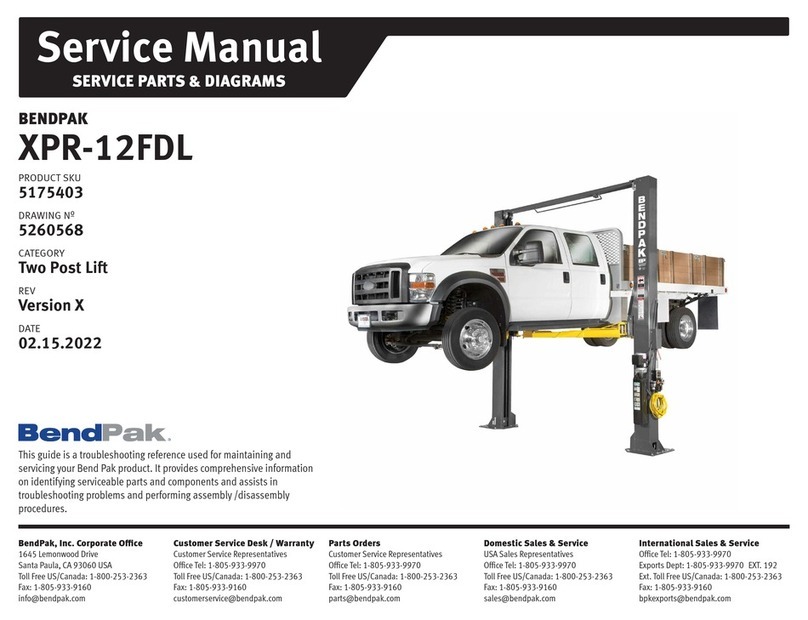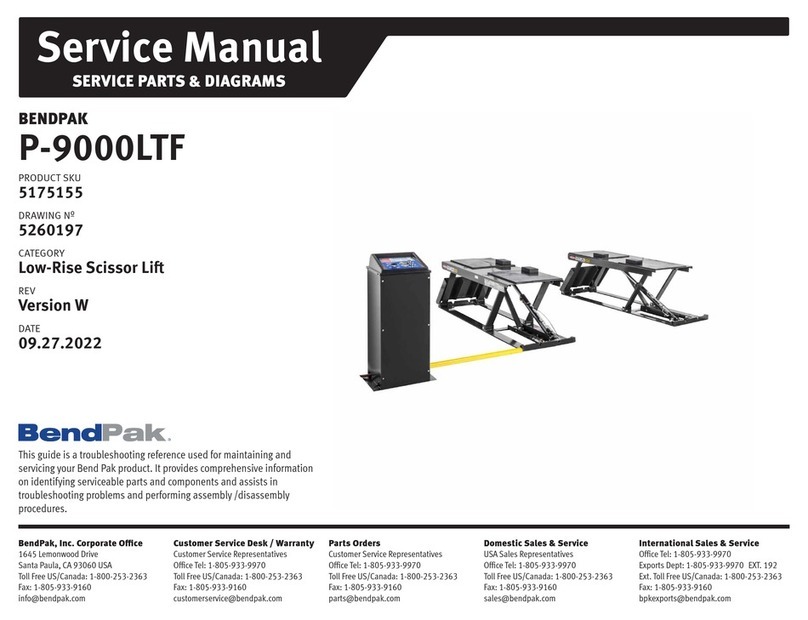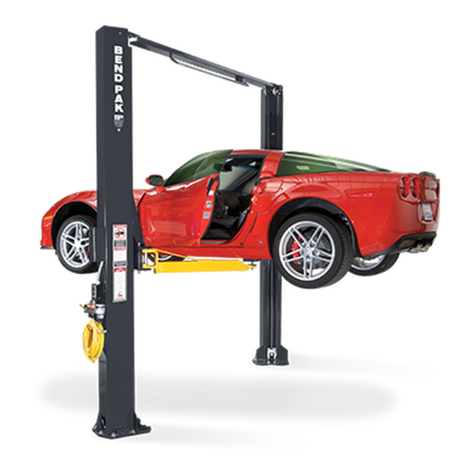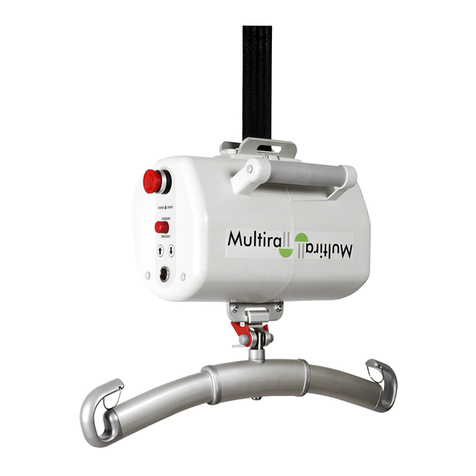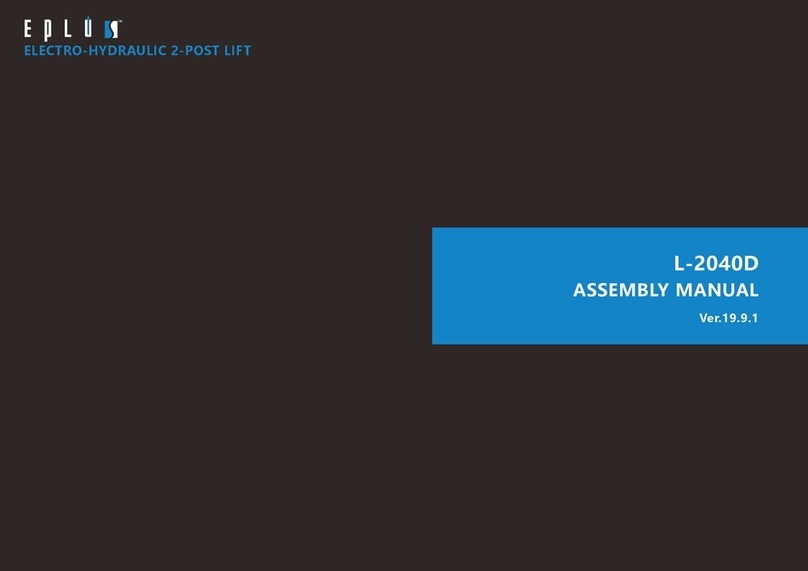4.3 Battery
Battery-powered machines normally have a sealed 21 amp-hour gel battery mounted on a bracket
at the right-hand side of the main box. Depending on the amount of usage, the battery should
have a life of 2 - 3 years; if used continuously or not maintained correctly, the life may be reduced.
A battery with larger capacity can be fitted if required. This does take longer to recharge.
Note: If the battery is flat or not holding its charge, or if the LED remains red after being on charge
for several hours, check the following possibilities before replacing the battery:
I. If the machine has not been used for several weeks, the battery may have gone
completely flat. (Note: a battery that is left discharged for several weeks can lose its
capacity to hold a charge).
II. Confirm that the charger is working correctly –see section 4.5.
III. If the LED develops a fault it may flash red even when the battery is in good condition.
Removal and Refitting
Remove the main cover panel, undo the terminal bolts, bend down the retainer flap on the left
with pliers or an adjustable spanner, and slide the battery out. When replacing, ensure the positive
terminal is to the right, and that the red cable is connected to the positive terminal. Bend the
retainer flap up again to hold the battery in place.
Testing
Remove the box cover panel. Measure the battery voltage with a multi-meter, with the charger
disconnected. Plug the charger in, and measure the voltage again. Disconnect the charger, and
measure the voltage again. Finally, measure it while pressing the “Raise” button.
If the voltage increases when the charger is connected, but drops below 12 volts when it is
disconnected, the battery probably needs replacing. If the voltage does not increase when the
charger is connected, check the charger (See Section 4.5)
If the voltage drops more than 1.5 volts when the Raise button is pressed with no load on the
cradle, the battery probably needs replacing. If you are unsure, or if the battery is less than a year
old, return it to your battery supplier for testing.
Care
Keep the battery clean and dry by wiping with a soft cloth. Ensure that both terminal clamps are
securely tightened.
Replacement
Depending on the tipping height, a full charge of the battery should be sufficient to empty at least
2½ tonnes of product. If the battery will not hold sufficient charge, and is over a year old, it may
be due for replacement.
Also check the battery charger as described in the following section.
If replacement is necessary, ensure that the new battery has equivalent specifications.




















